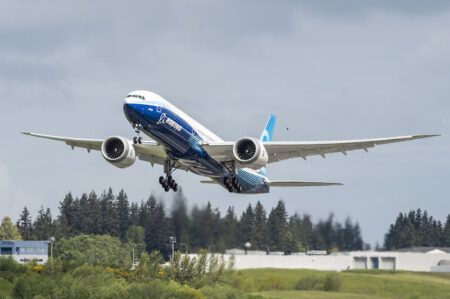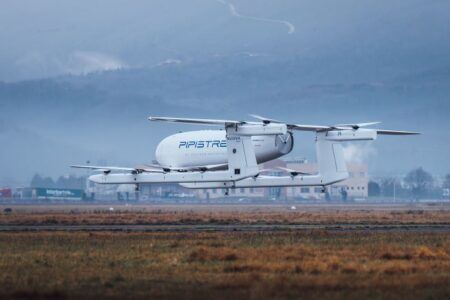NASA has successfully tested a shape memory alloy (SMA) in the wing section of an F/A-18 Hornet, making it fold 90° up or down on demand.
The 136kg wing section was removed from an F/A-18 at NASA Armstrong in Edwards, California, enabling the team from Boeing, NASA’s Glenn Research Center and NASA’s Armstrong Flight Research Center to prove that a full wing section can be folded using a newly developed nickel-titanium-hafnium high-temperature SMA torque-tube actuator, capable of applying 564Nm of torque.
Beginning at the horizontal position, the SMA mechanism was electrically heated and cooled on command to make the wing move 90° up and down. The researchers were also able to precisely move the wing section to any selected position within that sweep.
NASA will continue to test SMA actuators on the F/A-18 wing through the summer, with the aim of increasing the torque capability to 2,260Nm and including both the leading and trailing edges of the wing section.
This research is part of NASA’s Spanwise Adaptive Wing Project, which is studying how inflight adaptable wings can increase the efficiency and control of aircraft.




